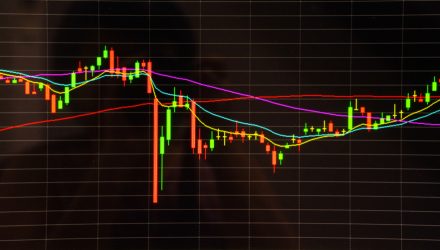A low volatility strategy can help investors avoid market queasiness. According to a recent Forbes article, one great way to test such a strategy is to see how it fares overseas.
“One robust way to test out factors is to see if they hold up across geographies,” the Forbes article said. “Researchers have found that low volatility does appear to work in China for the A Shares Market, though in a slightly different manner to the U.S. market. This is also relatively recent research looking at the 2000-2018 period, so may be less prone to the issue that historical performance can decline once the factor is well understood. This research is titled ‘The Volatility Effect in China’ and produced by researchers at Robeco Investments.”
Low volatility is just one of the strategies investors can implement when using a factor-based approach. The research found that the approach migrates to China seamlessly.
“The results are relatively striking. A low volatility strategy in China can return an additional 3%-6% per year, broadly speaking, depending on the implementation approach,” the article added. “That’s ahead of what many factors can be expected to deliver in the U.S. market and may be a function of China’s more retail-investor heavy market structure. Also, volatility appears to be the most effective metric for this factor in China, whereas in the U.S. other formulations are typically more successful.”
Strong International ETFs to Consider
For exposure to China equities, one ETF to consider is the iShares MSCI China A ETF (CNYA), which seeks to track the investment results of the MSCI China A Inclusion Index composed of domestic Chinese equities that trade on the Shanghai or Shenzhen Stock Exchange. The index is designed to measure the equity market performance in the People’s Republic of China, as represented by A Shares that are accessible through the Shanghai Connect or the Shenzhen-Hong Kong Stock Connect program.
Investors seeking broad-based exposure can look to the FlexShares Emerging Markets Quality Low Volatility Index Fund (QLVE). QLVE seeks investment results that correspond generally to the price and yield performance of the Northern Trust Emerging Markets Quality Low Volatility IndexSM, which is designed to reflect the performance of a selection of companies that, in aggregate, possess lower overall absolute volatility characteristics relative to a broad universe of securities domiciled in emerging market countries.
For more news and information, visit the Smart Beta Channel.
